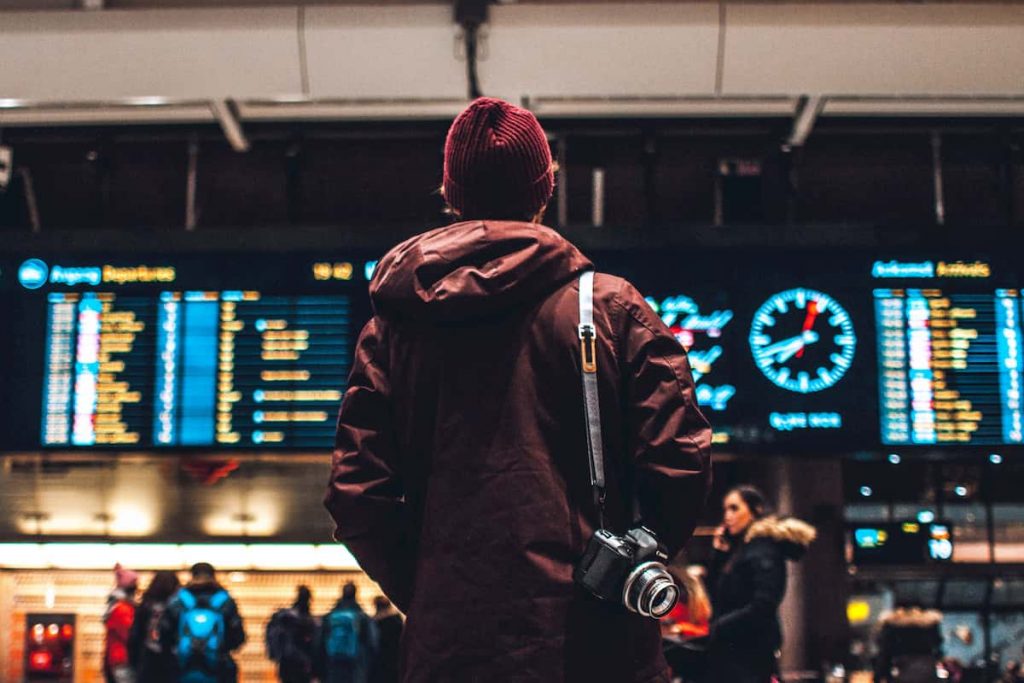After more than five months after the COVID-19 pandemic brought travel and tourism to an abrupt halt, the easing of travel restrictions is well-underway. Many countries within the European Union are now allowing internal travel between countries with comparable health situations, trans-Tasman travel between Australia and New Zealand has been approved.
In the Middle East and Africa, a number of air bridges have been announced that enable travelers to move freely without needing to quarantine. While it may seem like the easing of these restrictions signal a return to normalcy, this isn’t necessarily the case. Instead, with each travel-related announcement, we’re getting a glimpse of what travel might look like in a post-pandemic world.
While this may sound dramatic, it’s a reality that must be considered. Think about it: after many months of shutdowns and restrictions, international travel has plummeted. The numbers back this up, with a Q1 report from the World Tourism Organization stating that the COVID-19 pandemic caused a global decrease in the average of international tourism arrivals of 44 percent, with the peak decline of 97 percent. This decline in travel has translated to thousands of bankrupted hotels, restaurants, tour operators and car rental agencies, while also pushing an estimated 100 million people worldwide out of work.
The mass purge of travel-related businesses might appear to spell out an uncertain and somewhat dark travel future, but it isn’t all doom and gloom. Like with any other challenge, the pandemic has caused humans to pivot and innovate and in doing so, usher in the next age of travel. Here is what that future might look like:
‘Travel bubbles’
From the way we work to the way we socialize, the rapid emergence of COVID-19 has caused people to change nearly every aspect of their lives, including the way we view our health, hygiene and safety. This is understandable, considering our new perspective on how easily some diseases can be transmitted, not to mention the near-constant, fear-inducing messaging received around how potentially deadly contracting COVID-19 could be. As such, in the near future, we’re likely to see the number of ‘travel bubbles’ increase.
So, what exactly are these travel bubbles? In a nutshell, they’re groups of countries with comparable health situations that allow quarantine-free travel between them.
This means that tourists and travelers alike can move freely with minimal-level – or the same level as their home – the risk of contracting the disease, while also enabling tourism businesses to see at least some portion of their regular income during these financially trying times. A great example of this happening already can be seen in Baltic countries like Lithuania, Estonia and Latvia, who have allowed free travel between their countries for months
These travel bubbles are likely to stick around even after the pandemic has ended and restrictions have been lifted. Why? People like to have a sense of safety and the fear instilled in many after the pandemic means they’re likely to continue gravitating towards destinations that they feel are familiar, clean and safe.
Streamlined, clean and considered
Another present-day factor that gives us a glimpse into the future of travel are the measures travel operators are taking to ensure the health and safety of customers.
Airports and airlines are reducing crowding, taking temperatures, enforcing mask wearing and other PPE, accommodation providers are renewing their focus on cleanliness and reducing as much face-to-face contact between travelers and staff as possible and tour operators are doing the same. As a result of this, we’re starting to see the introduction of technologies that enable each of these functions to be streamlined.
Kiosks, artificial intelligence and cloud technologies are at the bedrock of this and while many are using stop-gap methods enabled by these technologies for the time-being, like industrial thermal scanners being used to capture human temperatures, we’re likely to see new, dedicated solutions for use on humans hitting the market over the coming months.
Additionally, we’re also likely to see less and less face-to-face interaction as digital kiosks replace typically in-person functions, like bag-check and hotel check-ins.
All of these measures point to a travel future where each stage of travel is completely streamlined and somewhat impersonal, with a focus on technology, hygiene and efficiency.
A shift to virtual?
Valentino Danchev, the founder and president of a luxury travel firm Fidelis Marketing Group, has agreed to share the insights on how the coronavirus outbreak changed the world as we know it. Mr. Valentino told Finbold.com:
If one thing about the COVID-19 pandemic is sure, it’s that the virus has rushed us into the future. Think about it, remote working has been slowly inching its way into the regular working world over the past two decades. Suddenly, it’s the norm, teleconferences are the only way to catch up with colleagues and friends, and all forms of entertainment, from comedy nights to concerts, are done over Zoom, complete with special tiers so audiences can pay extra to be ‘in the front row’,
This new world, as it currently stands, is now virtual, and even when the pandemic is over and things go back to normal, the virtual way of living is likely to continue, even extending its way into travel. The founder of Fidelis Marketing Group added:
Nearly every economy in the world is damaged, and in the United States alone, approximately 55 million people have registered for unemployment since the pandemic began. As such, people barely have enough money to cover rent and essentials, let alone travel. Because of this, we’re likely to see developments around virtual travel take precedence, enabling those who can’t afford more traditional forms of travel to scratch their travel itch and see a range of destinations, from the ancient Mayan ruins in Mexico, to stretches of Australia’s pristine coastline, all from the comfort of their homes.
While it’s undeniable that the coronavirus pandemic has hit the travel and tourism industry particularly hard, it’s not the end of travel altogether. Instead, as restrictions are lifted and the world begins the process of rebuilding, a new, transformed type of travel, with a focus on technology, hygiene, efficiency and safety is sure to emerge and become the new normal. In fact, the transformation has already begun, all you have to do is look.








